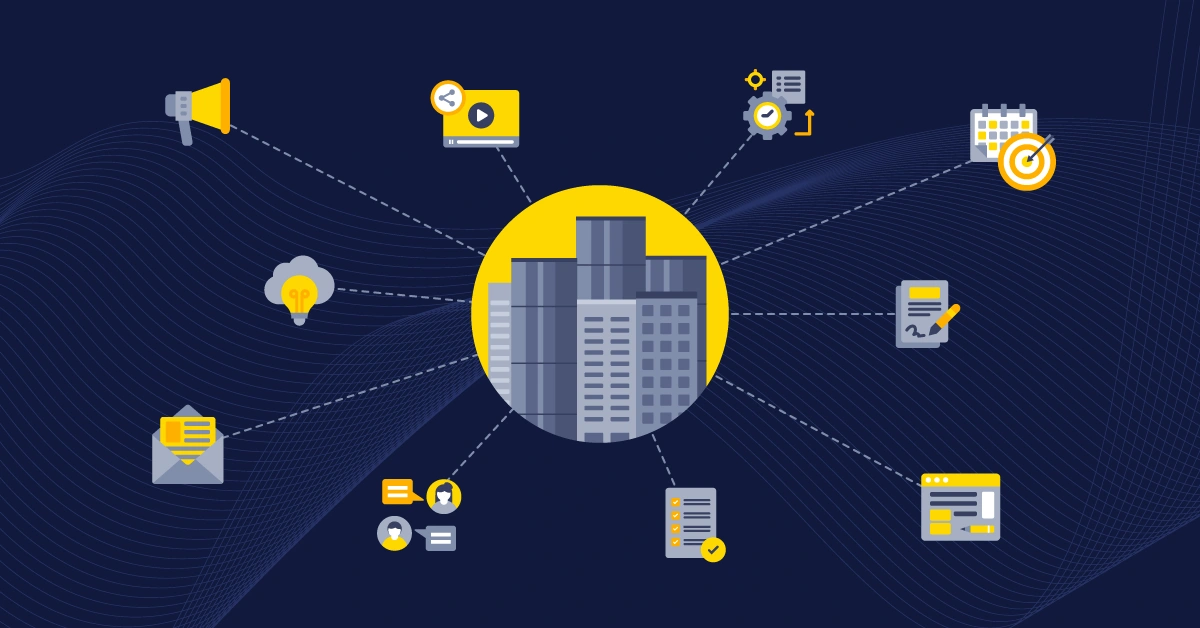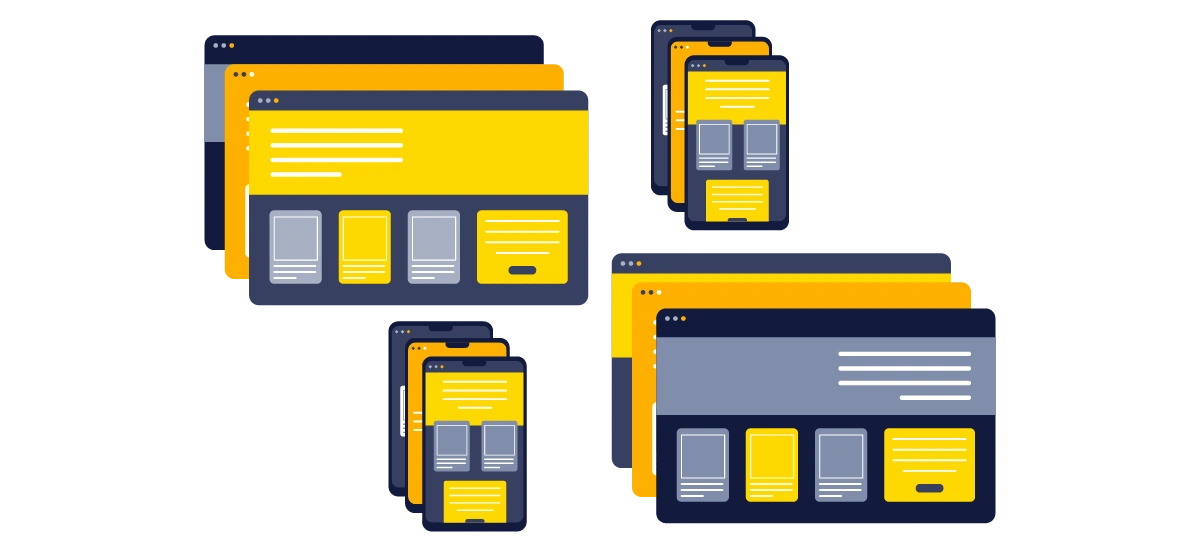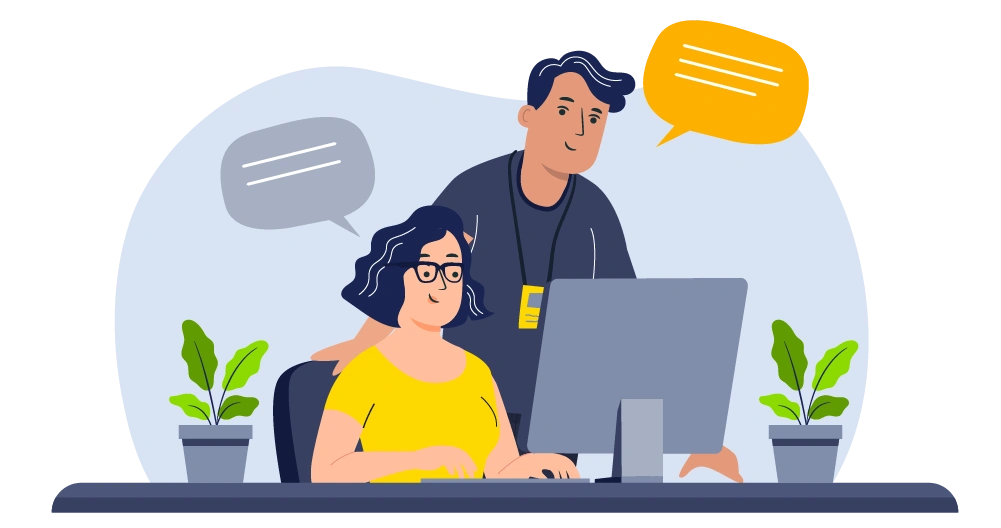
GSD
Navigating the Complexities of ButterCMS Integration for Large Enterprises
Posted by Chris Ching on September 16, 2024
Migrating to a headless CMS like ButterCMS can be transformative for large enterprises, offering enhanced flexibility, scalability, and performance. However, the transition is often fraught with challenges that can make the process daunting. This article explores these challenges and provides insights into ensuring a smooth migration.
The Intricacies of Enterprise Migration
Integrating a headless architecture into your stack involves addressing several pain points unique to large enterprises. These include complex content structures, legacy systems, scalability needs, customization requirements, user training and adoption, maintaining organic traffic, and more. Many organizations are also reluctant to make the move because of the perception of how much time and effort it can take for several stakeholders involved. While these are all valid concerns, careful planning and working with the right integration specialists can make this a smooth transition.
Innovation in the platform migration space has evolved considerably over the last few years. AI platforms like GPT, Bard, and Llama, to name a few, expedite the processes and costs to a heavy degree. Designer platforms like Figma and TeleportHQ have adopted developer-focused features to directly export as usable code. This means those fancy designs no longer go to waste.
Pre-built next.js and react UI Kits can still give you the baseline of functionality while applying your unique branding. The benefit of UI Kit is peace of mind with quality control and compliance, allowing developers to focus more on the customization and overall polish of the experience. There are also several data migration tools widely available depending on your current CMS. With all this in mind, let’s dig into what a migration might look like.
Complex Content Structures
Large enterprises typically have intricate content hierarchies and diverse data sources. Converting these structures to a new CMS without losing data integrity or causing disruptions is a primary concern. Fortunately, ButterCMS offers robust content migration tools that support cross-site and multi-environment migrations, allowing enterprises to migrate pages, components, and collections with ease. This feature ensures that content can be moved across different environments, such as from staging to production, with minimal disruption and effort.
Additionally, leveraging a new CMS like ButterCMS means rethinking your data model to take full advantage of its features. ButterCMS offers capabilities such as multi-site management, content modeling, and a flexible API, which can significantly enhance your content management strategy. By designing a new data model that utilizes these features, enterprises can create a more efficient and scalable content structure.
Custom scripts can be utilized with ButterCMS's Write API to further streamline the migration process. This can automate the extraction, transformation, and loading of data, ensuring a smooth and efficient migration.
Legacy System Integration
Enterprises often rely on legacy systems that have been in place for years, if not decades. Integrating ButterCMS with these existing systems demands a detailed strategy and careful execution to ensure smooth data transfer and compatibility without disrupting ongoing operations. ButterCMS shines in this arena with its powerful API capabilities, enabling seamless integration with various applications, including CRM tools, ERP systems, lead form captures, and eCommerce platforms like Shopify and BigCommerce.
For example, if your enterprise uses a legacy CRM system, ButterCMS can connect through its API to synchronize customer data, ensuring accurate data transfer and integrity. Similarly, integrating with ERP systems can streamline workflows, allowing ButterCMS to pull in necessary data for content management effortlessly. For eCommerce platforms, ButterCMS can easily integrate with Shopify or BigCommerce, facilitating a unified content and commerce experience. With a headless ecommerce experience, you can finally break free from the rigid URL structure required by most ecommerce platforms. This can be hugely beneficial to SEO performance. This integration ensures that product information, pricing, and inventory data are consistently updated across all channels, providing a unique user experience.
By leveraging ButterCMS's API capabilities, enterprises can create a cohesive system where data flows smoothly between various platforms. This integration reduces the risk of data silos, enhances operational efficiency, and ensures that the CMS supports the complex workflows typical of large organizations. Using ButterCMS’s API, enterprises can automate data exchanges, streamline content management processes, and maintain high data accuracy across all integrated systems.
Scalability Needs
A CMS must be able to grow with the business. For large enterprises, scalability is not just about handling more content but also about supporting increased user traffic and more complex workflows. In a sense, the content experience should be developed in a way where development is not a requirement for future content expansion. Having a library of robust components widely available, ensures your content management experience arms you with all the necessary building blocks for creating unique landing pages.
Ensuring that ButterCMS can scale efficiently is crucial for long-term success. For instance, an eCommerce platform experiencing seasonal traffic spikes must ensure ButterCMS can handle the increased load without performance degradation.
ButterCMS's blog engine and collection items are instrumental in achieving this scalability. The blog engine offers built-in fields for SEO, categories, tags, and metadata, making it easy to optimize and manage blog content. Collections enable you to build relationships between content assets, such as testimonials or product information, which can be referenced across multiple pages. This structure allows for streamlined content creation and management, ensuring your CMS can grow alongside your business needs.
Customization Requirements
Out-of-the-box solutions often fall short of meeting the specific needs of large enterprises. Customization is necessary to tailor the CMS to the unique requirements of the business. This can involve developing custom plugins, modules, and features that enhance functionality and align with business processes.
For example, an eCommerce business might need a custom product management module integrated into ButterCMS to manage their extensive product catalog and ensure seamless updates across various sales channels.
User Training and Adoption
Even the most advanced CMS can fail if users do not adopt it effectively. Training employees and ensuring they are comfortable with the new system is essential. Resistance to change can be a significant barrier, so providing comprehensive training and ongoing support is vital.
At Electric Enjin, we offer a robust training program that includes detailed documentation, live training sessions, and video recordings to ensure your team can make the most of the ButterCMS content experience. This approach is especially beneficial for global enterprises with teams across different regions. By coordinating training sessions and providing localized support, we enhance user adoption and reduce resistance, ensuring a smooth transition and effective use of the CMS.
SEO and Performance Optimization
The one question we always hear with any headless implementation is “How will this impact our SEO?” For many businesses, SEO can account for a huge percentage of revenue. Whether that’s leads or from product sales, it's important to know the lights will still be on. After all, organic visitors are more likely to convert than paid traffic. Any disruption can lead to a loss of traffic and revenue.
Therefore, maintaining domain authority and SEO rankings is something that will keep anyone up at night. In most cases, we see a minor dip, which usually resolves within a few weeks as Google crawls and learns more about your website. The good news is that a dip is usually followed by an increase in traffic. This is due to the fact that the new website is likely more SEO-friendly than its predecessor build.
Ensuring that ButterCMS is optimized for SEO and performance from the outset is crucial. The good news is that disruptions can be mitigated with good planning, regular auditing, and remediation. This involves implementing best practices for site speed, mobile responsiveness, and search engine visibility. Additionally, redirects and a focused URL strategy are vital to maintaining stable domain authority. ButterCMS allows you to set up redirect fields in your pages to handle content that is changed or removed in the future. Redirects can be managed automatically or manually, ensuring smooth navigation for users and preserving SEO rankings.
For example, an online retailer using Shopify must ensure product pages, which are built as collections, are optimized for search engines. Leveraging ButterCMS allows for greater flexibility in implementing keywords and metadata that enhance searchability, ensuring that product visibility and ranking remain strong even during high-traffic periods.
Final thoughts
Migrating to ButterCMS can significantly enhance your content management capabilities, providing greater flexibility, scalability, and performance. However, the process involves significant challenges, especially for large enterprises. By understanding these challenges and adopting a strategic approach, enterprises can ensure a smooth transition. The key is to prioritize comprehensive planning, custom solutions, scalability, user training, SEO optimization, and content quality assurance.
Working with the right integration partner, like Electric Enjin, can set you up for success. It's important to have a partner that can plan for all the risks involved and has a track record of experience and expertise working with ButterCMS. With these elements in place, ButterCMS can unlock new potential for your business, paving the way for sustained growth and success.
ButterCMS is the #1 rated Headless CMS
Related articles
Don’t miss a single post
Get our latest articles, stay updated!
















Chris, founder of Electric Enjin, is an award-winning web designer with 18+ years of experience. Known for blending innovation with user-centric design, he crafts cutting-edge digital experiences for global eCommerce brands.